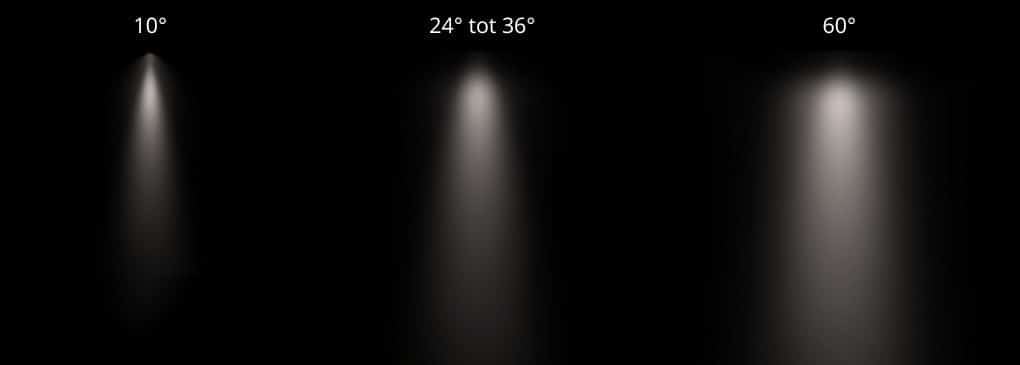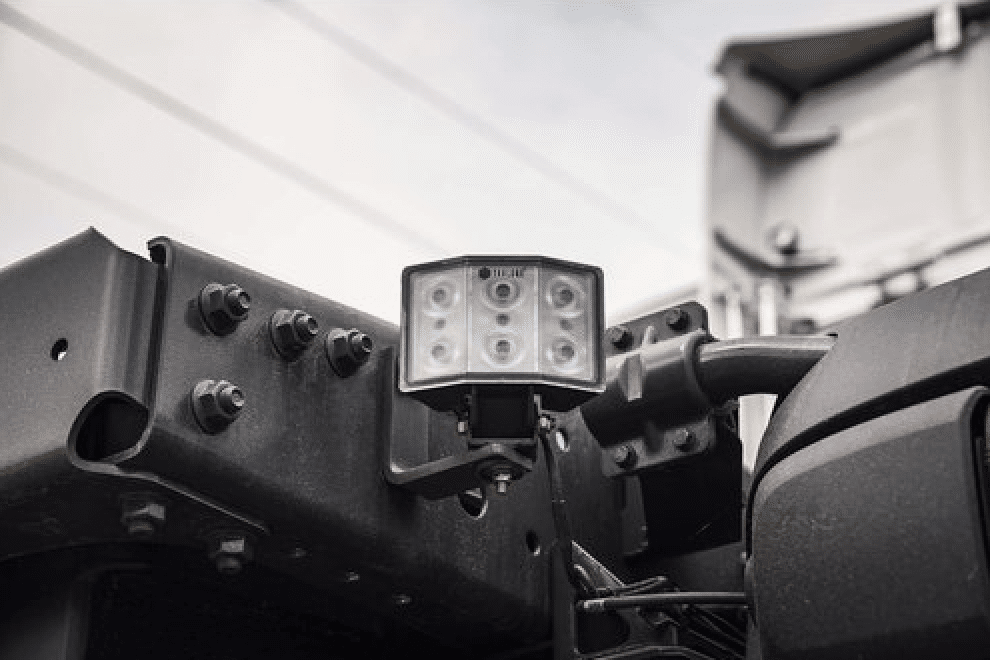What is a radiation angle?
In lighting products, the term radiation angle is sometimes used, but what is it? A radiation angle, also called the degree angle, indicates the angle of the light beam that a lamp emits. The radiation angle is expressed in degrees (°); the smaller the number of degrees, the narrower the beam. The greater the number of degrees, the wider the degree beam.
Different types of radiation angles
The most common radiation angles can be divided into categories, namely: 10°, 24° to 36° and 60° or more. The 10° beam angles are very suitable for illuminating a certain object. With these, you can precisely illuminate a certain object. The 24° to 36° angles are the medium radiation angles. This category already illuminates a larger surface than the 10°. Because the radiation angle is greater, fewer spots are needed to illuminate the entire room. This light is used more often in receptions and domestic areas to create a cosy atmosphere. Finally, there is the 60° angle. This is a large beam angle that is used more often in offices, warehouses and general areas. This is because the angle is so large that the largest possible area can be evenly illuminated.

Beam angle with tralert®
TRALERT® lamps provide a clear light image and have a variety of radiation angles. This means that solutions can be found for all your lighting problems. If you are looking for a lamp with an extremely wide radiation angle, take a look at the WF-6065 work light. This lamp has an angle of 120°.
